Earlier in the week, I asked the question, “Is a newsletter right for you and your business?” Newsletters are a fantastic method for sharing content with your customers, and ultimately making sales. Of all the online marketing strategies, newsletters have the potential to be the most lucrative. If you have decided to invest in producing a newsletter, it’s important to do it right. If the first few newsletters are not done well, subscribers may not want to look at them in the future.
To help make the process easier, here are five important factors to consider when building your newsletter. If you have questions or concerns about various areas of marketing, including social media outlets, let me know in the comments. I’d be happy to share my tips for success!
1. Grab Your Audiences Attention: Write a Better Subject Line.
When the newsletter arrives in an inbox, the title (aka: subject line) is the first thing a reader sees. The subject line may be the deciding factor on whether or not a reader opens your email. Stay away from boring titles such as “November Newsletter.” Make the title short, snappy, catchy and enticing! Study the subject lines of the emails you receive; what kind of title motivates you to open the email rather than delete it? Consider what the purpose of your newsletter is. Do you want to show off new products, or maybe inform your customers of an event? Decide what the purpose of the newsletter is, and construct a subject line around the intent. Nobody likes to feel that they were tricked into opening an email.
Below is an example of a Bramble Berry employee’s inbox. What subject line makes you want to click through and open the email? Personally, I’m most tempted by the “10 sweet Valentine’s projects,” and “make room in that closet for…” subject lines. The subject line from Pinterest is enticing because it tells me the email is going to be full of DIY content. The Gap’s email is somewhat mysterious, and I want to find out what’s inside!
2. Keep Your Audiences Attention: Develop Better Content.
In all forms of marketing, content is king! Strive to create newsletters that contain useful, informative content. Information and content relating to sales and promotions are easy, but you don’t want your newsletter to feel like a constant sales pitch. Eventually, your readers might get bored and stop opening up the newsletter. Alternative content includes a fun how-to, a sneak peak of upcoming products, a roundup of customers favorite products, a contest, or a survey of what your customers would like for the upcoming season.
It may feel difficult at first to constantly produce quality content, but it gets easier. Keep a small notebook on hand to jot down content ideas or use WorkFlowy or GoogleDrive. Remember that once you produce awesome content, you can use it in different ways. For example, projects in newsletters often find themselves onto the blog as well, like this Pink Clay & Primrose Rebatch tutorial; this project will be on the blog tomorrow!
3. Inspire Your Audience: Produce Better Images.
An image can speak much louder than text. When your reader opens a newsletter, their eyes will search for an image first. A quality images can inspire a reader to learn more about a product, or even motivate a customer to buy. Make sure your images are bright, clean and eye-catching. Take the time to enhance your images in Photoshop or free online editing sites like Pixlr.
Choose your images wisely; too many images can clutter the newsletter and lessen the image’s impact. Make sure the image is large enough to be seen, but as small as possible to enhance load times. Your newsletter could be amazing, but most readers will not wait around for large images to load. The DPI (dots per inch) should be no larger than 72, and the image should be resized to the exact dimensions. Notice in the photo below, that the images are fairly small to help them load faster. The images below are also full of color, in focus and are relative to the newsletter’s content.
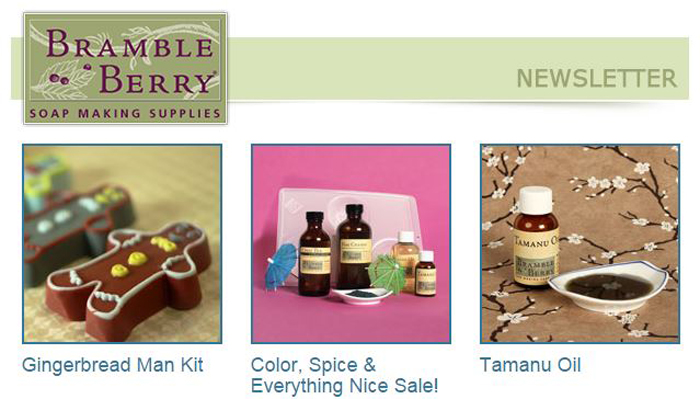
4. Maintain Your Audience: Develop a Better Schedule.
To build a strong relationship with your readers and customers, a newsletter should have a consistent schedule. Depending on how much content you have to share, you may choose to produce a weekly, bi-weekly, or monthly newsletter. Any less than once per month, and your customers may forget about you! On the other hand, a daily newsletter is intrusive. When first starting out, strive for once a month to develop quality newsletters. Once the process gets easier and more natural, consider sending them more often. As a rule of thumb, the more frequent your newsletter is, the shorter it should be.
5. Analyze Your Audience: Understand them Better.
It’s crucial to pay attention to your newsletter analytics. This information will help you create better newsletters in the future. Depending on what type of reports your email service provides, you can learn what type of subject line gets more clicks, what areas of your templates were clicked on the most, or what time of day your newsletter is opened. Tracking your analytics during a short an long time period is valuable as well; a newsletter might do poorly at first and pick up traction over time. Take this information into consideration and balance that with trusting your instincts for what is right for your brand.
When your business is extremely small, it’s important to carefully choose what marketing techniques to spend your time on. While other social media networks may seem more “fun,” really consider if they are building your brand, or making you money. When first starting out, remember: it’s okay to stop a particular marketing technique if it is not working for you. Doing so will free up time that can be devoted to marketing that is producing results.
If you write a newsletter, I would love to hear about your experience. If you have chosen to not produce a newsletter, I’m interested in your reasoning!
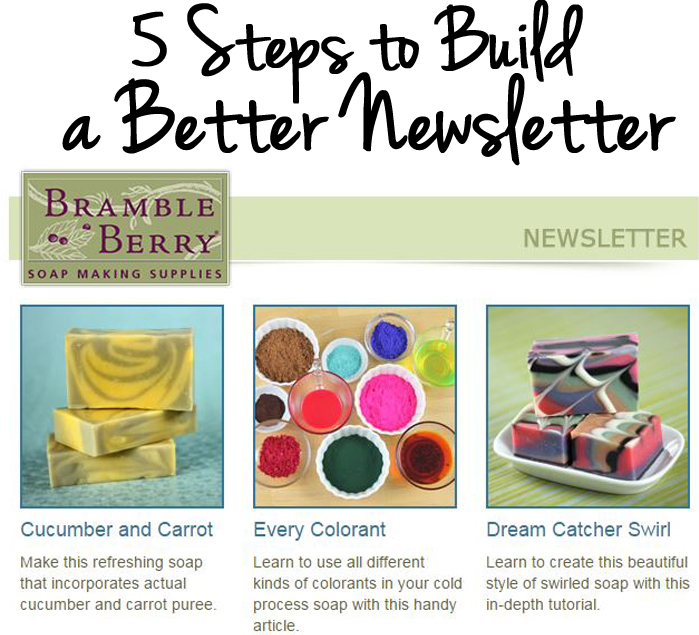

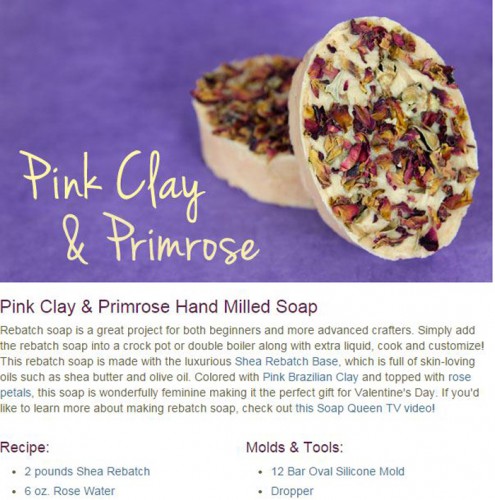
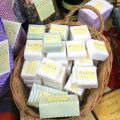
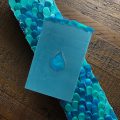



I haven’t created a newsletter, yet b/c I don’t want to be seen as the junk mail marketer. So, until I know I can create quality content for my audience, I’ve avoided it like the plague! Having said that, I think my audience could use your ideas for making soaps and such – nerd style to raise funds and build an audience so, thanks for the article!
Hi Nique!
You are so welcome Nique! Newsletters can definitely help your customers learn more about your products. Hopefully you have a chance to give newsletters a try. 🙂
-Kelsey with Bramble Berry
This will be my first year at our local farmers market. I will be making soaps, lotion bars, and solid perfumes. My “first” newsletters will be given out at the market, both on the table and into the bag with a purchase. I plan on offering subjects like “what’s new”, “what’s coming”, a coupon for the following Saturday, along with my info on how to contact me during the week (phone, Facebook) with questions/comments/wish list or larger orders. As well, there will be a section where they can give me their emails should they wish to be on my e-mailer. We open at the end of May and run thru Christmas. My plan is to have a great following/customer base so I can continue during the off season. For starters 😉
Hi Diana!
First of all, congratulations on selling your products at a farmers market! That’s a lot of hard work and dedication. Also, that newsletter sounds like an awesome idea. Coupons and letting customers know what’s coming up is a great way to get them to come back to your booth. 🙂
-Kelsey with Bramble Berry